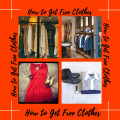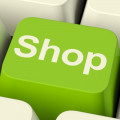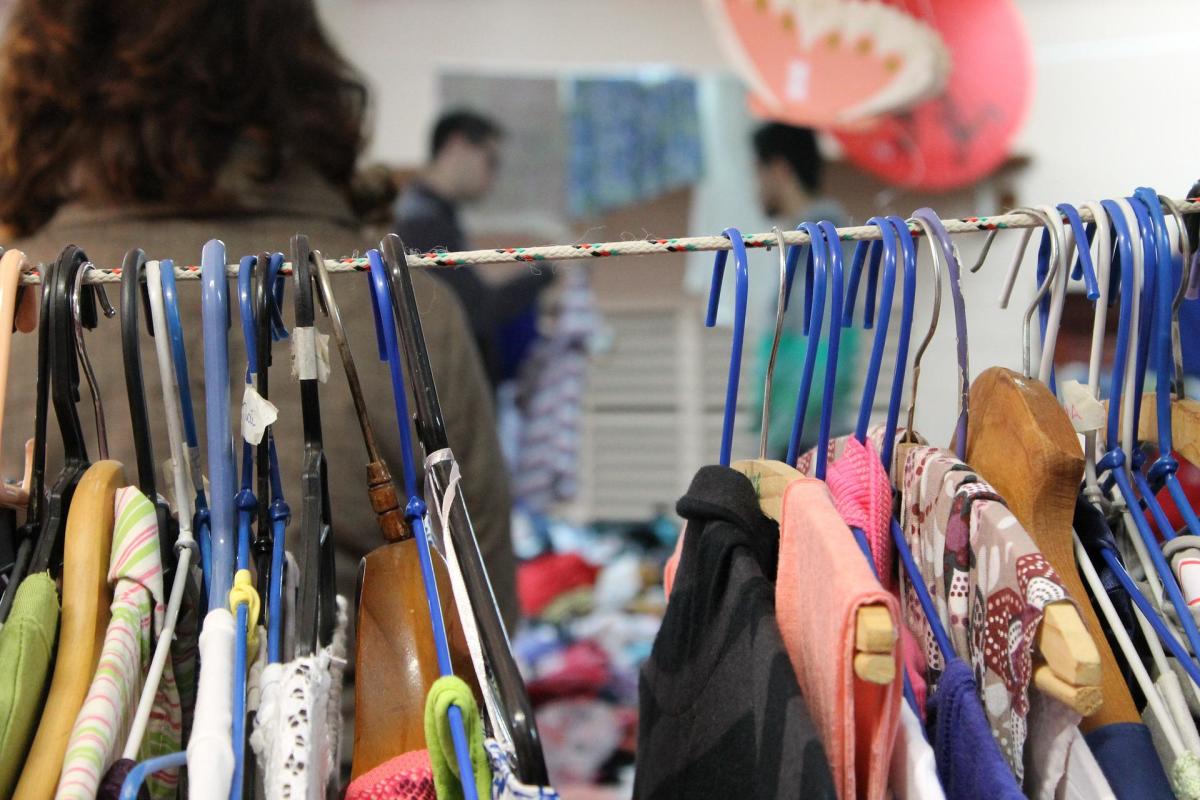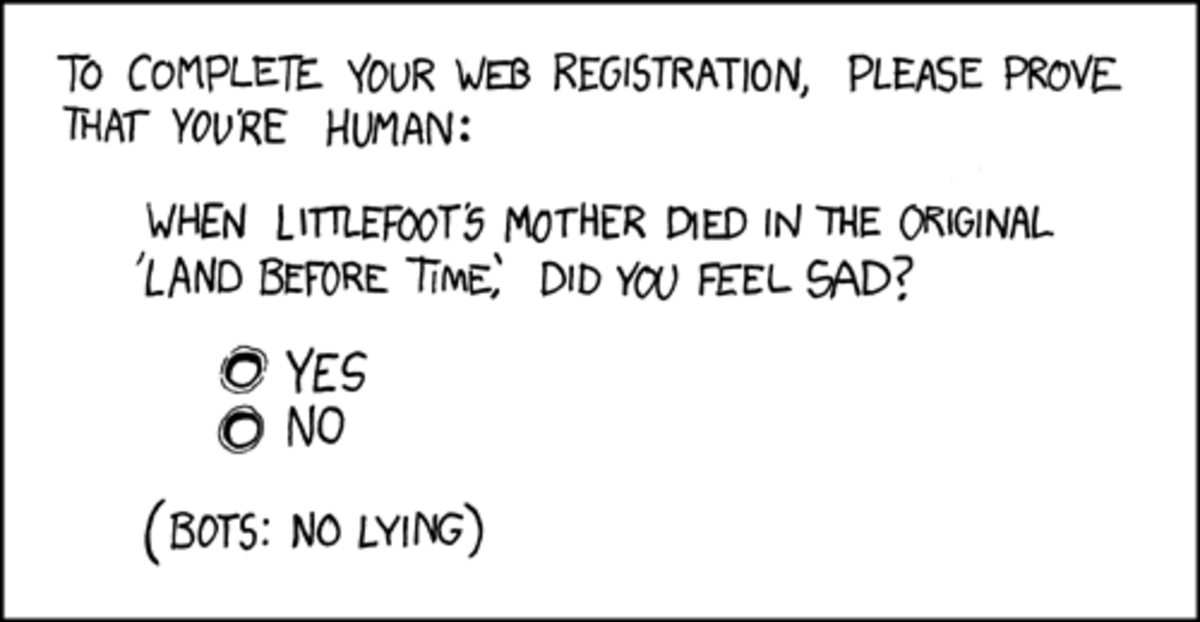How We Shop Now: Post Recession Shopping Behavior
Online and Web-Influenced Shopping

Patterns and Trends in Retail Shopping Behavior
This time last year, dismal sales forecasts were projected in retail stores and shoppers held on tightly to their disposable income due to uncertainty and fears related to the recession. There was talk about converting empty shopping malls into community colleges and dance studios. It was thought that even if retail spending increases, the increases would occur online rather than in the mall, unless retailers were able to lure shoppers back in to the mall.
This weekend, listening to the local news, I was surprised to hear that a local mall is requiring that shoppers under the age of 18 must now be accompanied by a parent. I wondered about the motivation for this change, and if it had anything at all to do with attracting shoppers to the mall, and began an updated search of retail trends. I didn’t learn about the local mall’s policy change, but there are some interesting new patterns and trends that relate to our shopping behaviors, this shopping season, ways social media, web cameras, and virtual dressing rooms are being used to make online shopping more social and interactive; and how one retailer plans to make your in store experience a Disney experience.
Consumer Spending and Confidence
July retail sales were sluggish. Sales increased slightly over last year, but not as much as was expected. July is the time stores are clearing summer stock and preparing for the Back to School season. Sales are typically mild in July, but July sales patterns can be used to predict how well the Back to School season might go. This year, discount and department stores fared well, with the exception of stores, such as Aeropostale, that cater to teens.
Consumer spending is an important component of economic recovery, and consumer confidence surveys can be used to help rate consumer confidence and predict consumer behavior. Consumer confidence slipped from 54 points in June to 50 points in July. 90 points indicates a strong economy. Consumers have been saving more and working to pay down consumer debt. Consumer savings is three times higher now than before the recession. Will consumers spend or save their disposable income? How much will we spend on what? How has the recession affected our spending behavior? How do online sales compare with in store sales?
Online Retail Sales and Spending
Some sources estimate an increase in online sales of 8% from the previous quarter of this year; a 20% increase over 2009 online sales for the same quarter. Forrester research predicts e-commerce sales in the U.S. will keep growing at a 10 percent compound annual growth rate through 2014. It forecasts online retail sales in the U.S. will be nearly $250 billion, up from $155 billion in 2009. Last year, online retail sales were up 11 percent, compared to 2.5 percent for all retail sales. In Western Europe, Forrester expects a slightly faster 11 percent growth rate for online retail sales, going from $93 billion (68 billion Euros) in 2009 to $156 billion (114.5 billion Euros) in 2014.
2010 Back to School Shopping
According to Business Wire 2010 and the eBillme Online Spending Index, 17% of consumers plan to do their back to school shopping online this year, spending $272.00 online. 18-24 year olds plan to do the most online back to school shopping this year. Shoppers plan to spend an average of $516.96 on back to school, both online and offline. Here is how we plan to spend:
Computers and electronics: $144
Clothing: $96
Books: $95
Shoes: $50
Dorm furniture: $42
Gifts: $37
School supplies: $32
Other: $20
A Deloitte survey completed July 27th predicts an improved outlook for back to school spending. It finds that nearly 30% of consumers surveyed plan to spend more this year over last year, while 17% say they will spend less. 58% of respondents say they will change the way they shop, buying more items on sale or only what the family really needs. Of families who expect to spend more, they say their children need more expensive items; computers; and that school budget cuts mean parents pay for more.
According to Deloitte, consumers are returning to department stores and discount storesthis year. The majority (89%) of shoppers will shop at discount/value stores for back to school. However, dollar stores dropped to the 3rd most popular destination from the 2nd, and now follows office supply stores. 33% of consumers, down from 40% last year, will shop at dollar stores. 31% plan to head to department stores, up from 26% last year, and putting department stores in the fourth most popular destination. 23% will go to specialty clothing stores, up 6% from last year.
Web-Influenced Retail Sales
In addition to online sales, many sales are now web influenced. Shoppers are tapping in to social networks and using mobile phones applications to enhance their shopping experiences, compare prices, view advertisements, and access coupons and discounts.
Amazon, the world’s largest online retailer, now offers a feature where Amazon shoppers can connect their Amazon and Facebook accounts. This allows online shoppers to engage in social interactions and consult with others about purchasing decisions.
JC Penney just released an online application to sell back to school clothing to teenage girls. The application allows shoppers to use their web camera to enter a “virtual dressing room,” where they can browse through, try on and buy clothes. If a shopper likes an item she has virtually tried on, she can post a screen shot of herself in the outfit on facebook.
Luxottica, an eyewear company with stores like LensCrafers and Sunglass Hut is using technology to lure shoppers in to their stores. They are introducing a wind tunnel where glasses can be tried on in simulated weather conditions, and have a feature where a person can post photos of themselves onto facebook in different pairs of sunglasses. The store itself is shaped like an eye, and can be accessed like a web page; where the shopper is met by a concierge, told what the store offers, and asked how they would like to interact with the store.
SpendingPulse: 2010 Holiday Season
- Forbes: How Americans Spend Their Money
For a U.S. snapshot, Forbes turned to SpendingPulse, the economic research arm of MasterCard Worldwide, to break down Americans' discretionary spending -- all $1.13 trillion of it in 2009, slightly down from $1.16 trillion in 2008 -- across 10 catego
- SpendingPulse | MasterCard Advisors
Track Customer Trends to Capture Spending
- Ryding: The Recovery is Stronger This Year - Fox Business Video - FoxBusiness.com
Watch the latest business, markets, and finance videos at FoxBusiness.com.
- Business & Financial News, Breaking US & International News | Reuters.com
Reuters.com brings you the latest news from around the world, covering breaking news in business, politics, entertainment, technology, and more in video and pictures.
2011 Updates
- Retail Sales Rise, but Pessimism Drives Consumer Sentiment to a 30-Year Low - NYTimes.com
High unemployment, stagnant wages and the protracted debate in Congress over raising the government debt ceiling alarmed consumers, a survey found.








